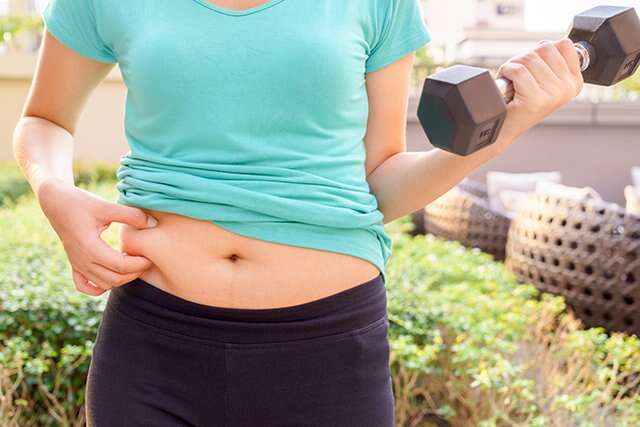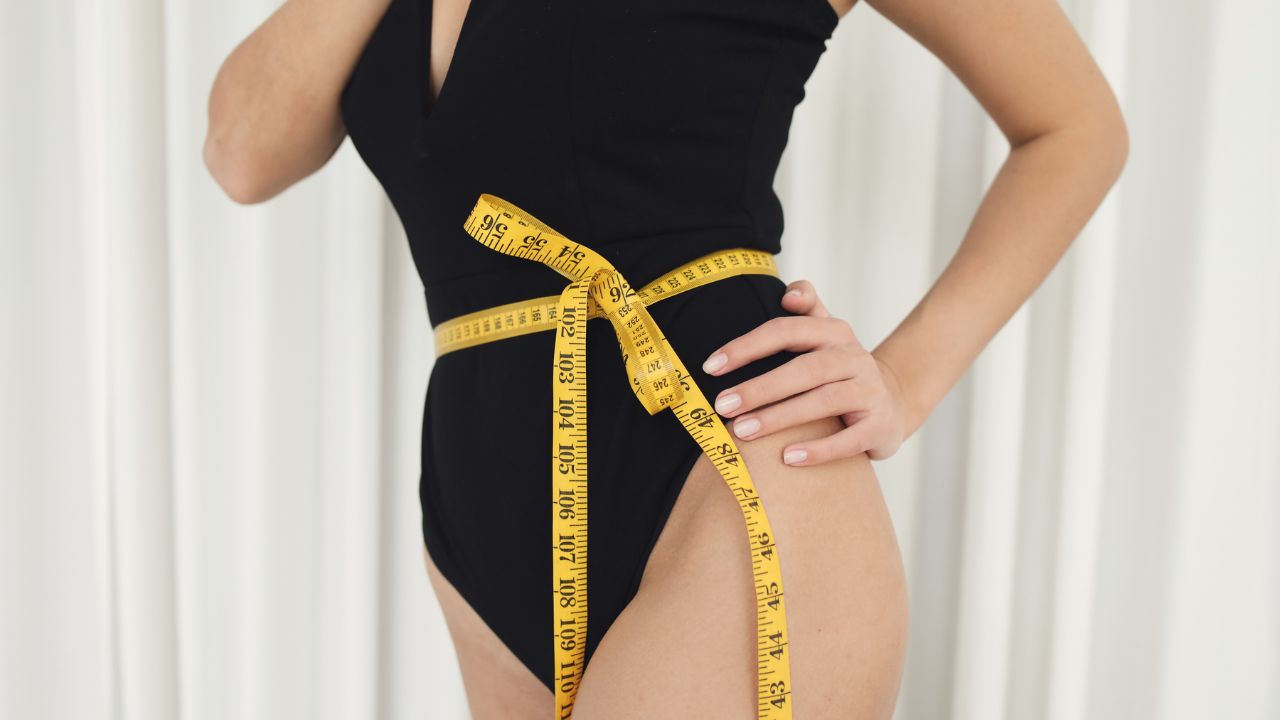
Did you know that skiing can burn more calories than other types? This article will cover the differences in downhill and cross-country ski, as well as the physical demands for each. Another way to increase your calories is by off-piste skiiing. You can expect to burn more calories in this activity than traditional skiing. Here are some tips to help you maximize your skiing experience if you're thinking of taking up skiing.
Skiing uphill burns more calories
Uphill skiing is more beneficial than downhill. However, you must be aware of several factors that affect calorie burn during skiing. These factors will help you optimize your workout and maximize your skiing experience. These are the most important things to remember:
Cross-country skiers can typically burn around 550 calories per hour. Skate skiing can burn more calories than any other form of skiing and can consume up to 1,100 calories each hour. Nordic skiers can burn as many calories as standard skiers, but are more energetic. Nordic skiing requires you to hike up steep hills. Nordic skiing is about the same as running so make sure you include moderate calories in your daily meals.

Downhill skiing burns more calories
Skiing has many variables that can affect the amount of calories burned. Downhill skiing, which involves both anaerobic as well as aerobic exercise, is one of winter's most effective ways to lose calories. According to Harvard Medical School research, a person who is about 155 lbs can burn approximately 532 calories an hour downhill skiing. The amount of calories burnt during downhill skiing is directly proportional in body weight. Therefore, skiers who are overweight should be aware of their diet and plan their skiing schedule.
Experts recommend beginners spend an hour skiing on the slopes prior to learning downhill. Skiers should focus on dynamic turns that engage their core muscles and increase their flexibility. They should also use poles to increase their momentum when climbing up the mountain. While beginners burn fewer calories than experienced skiers, the overall workout is much more intense and results in more calories burned. A fitness program specifically designed for downhill skiing will help you get the most out of your downhill skiing sessions.
Cross-country skiing burns a lot more calories than downhill ski
Cross-country skiers are a great option if you want to burn more calories skiing. A 150-pound cross-country skier can burn 500 calories an hour with the same effort as a novice. Cross-country skiing, on the other hand, requires that you constantly push your limits. This means you'll burn more calories for less time.
Harvard Health Publications estimates that cross-country skiing burns around 1,000 calories an hour. This is nearly twice the amount of calories used in downhill skiing. Skiing can also happen on snowshoes. The difficulty level will determine how many calories the average person burns per hour. The CPA does not provide estimates for freestyle snowboarding.

Off-piste ski is more difficult.
Off-piste Skiing requires more technical skill and more confidence when adapting to mountain conditions. You will need to master a range of ski techniques from quick turns to controlling speed in narrow corridors. Begin with easier terrain, and then work your way up to steeper slopes. If you push yourself to improve your skiering skills, you will find it easier to turn and develop a mental habit.
Off-piste skiing requires specific equipment, like wider skis for powder and stiffer skis for harder snow. The wider skis make it easier to turn in powder. It is important to be able to evenly distribute your weight on both the skis and in crusty snow. For hard-packed snow, it is important to keep your feet on the ground and ensure that your weight is equally distributed on both skis. Similarly, thin snow with protruding rocks requires a slow, deliberate technique. These skills can be developed with proper training.
FAQ
How long should I fast intermittently to lose weight
The answer may not be as straightforward as you think. When determining the number of days you should fast for optimal fat reduction, there are many factors to consider. These are:
-
Your age. You may find intermittent fasting too difficult if you're younger (under 40) because you have less time between fasts. If you are older than 60, you might find it difficult to maintain a prolonged period of daily fasting.
-
Your current body composition. If you already have a lot of muscle mass, you'll likely benefit most from longer periods of fasting. However, if you have little muscle mass, then shorter periods of fasting may be better suited for you.
-
How physically active you are. Regular exercise may mean that your fasting window needs to be extended to allow you to get sufficient rest between sessions.
-
Your past medical history. Additional fasting monitoring may be required for certain medical conditions such as diabetes or heart disease.
-
How well do you tolerate stress? Stressful situations often cause us to eat more. To avoid this, you might want to increase the lengths of your fasting window.
-
What type of diet do you follow? Certain diets, like ketogenic diets, may require even longer fasting periods.
-
Your sleep quality. Insufficient sleep has been associated with decreased metabolism and increased appetite. It might take some time to find what works best for your needs.
-
The amount you eat of protein. Consuming more protein helps to stabilize blood sugar levels. This could lead to lower insulin levels. This would allow you to fast for longer periods of time.
-
Whether you're trying to gain or lose weight, people who are trying to gain weight usually require longer fasting periods than those who are trying to lose weight.
-
How many calories did you consume during your fasting period? Fasting fewer calories per day may result in greater fat loss than fasting for more calories per day.
-
Your overall fitness level. Faster people are more likely to be fit, and burn more calories during the day.
-
Your gender. Men tend to have greater appetites that women, so they may need a longer fast. Women generally have smaller appetites, so they may only need to fast for about 20-30 minutes every morning.
-
Your lifestyle. Are you someone who gets plenty of physical activity? Do you do a lot of exercise each week? Do you have a job that requires you to sit at a desk all the time? These things could impact the speed at which you should go.
-
How much do you spend per month on food? You don't have to spend much on groceries to eat healthy food. It's possible to save money by purchasing whole grains rather than white bread, fruit instead of candy bars, lean meats instead fatty cuts, and fruits instead of candy.
-
You need to be able to control your hunger. Fasting may not be necessary if you don't want skip meals.
How to make an exercise plan?
First, create a routine. It's important to have a plan for each day. This helps to plan ahead and avoid procrastination.
The second thing is to ensure that you have plenty of variety in your workout. Exercise shouldn't be boring. Otherwise, you'll lose motivation.
Keep track of your progress. It's important to see how much weight you have lost or gained over time.
If you start off by losing weight, it's easy to lose motivation if you don't gain any additional weight. You may find it difficult to stay motivated if your weight increases.
You should find a balance between weight gain and weight loss. You won't be able to exercise if your current weight is not comfortable.
What level of exercise is required to lose weight?
There are many factors that impact the amount you exercise to lose weight. However, the majority of people require at least 30 minutes of moderate exercise five days a week.
The American College of Sports Medicine recommends 150 minute of moderate-intensity aerobic activities per week. These should be done over three days.
For example, if your goal is to lose 10lbs, aim for 300 minutes of moderately intense exercise per week. This includes activities like jogging or running, swimming laps and biking.
You can start out by doing 20 minutes of intense activity three times a week. It could be sprinting, lifting weights, jumping rope or fast walking.
Aerobic exercise is a great way to burn calories and build muscle mass. Muscles can burn more calories that fat. So building muscle can help you lose weight faster.
Statistics
- One 6-month study showed that simply doing 11 minutes of strength-based exercises 3 times per week resulted in a 7.4% increase in metabolic rate, on average. (healthline.com)
- A 12-week study in 20 women with obesity found that walking for 50–70 minutes 3 times per week reduced body fat and waist circumference by an average of 1.5% and 1.1 inches (2.8 cm), respectively (healthline.com)
- It's estimated that half of all American adults attempt to lose weight every year (1Trusted (healthline.com)
- Among women, the increase in metabolic rate was nearly 4%, or 50 more calories per day (14Trusted Source (healthline.com)
External Links
How To
9 Tips to Lose Weight Naturally
Weight loss is a common problem faced by many people around the world. If you're constantly trying to lose weight, it can be very difficult to live a healthy life. While there are many ways to lose weight such as exercise and diet, they don't always work.
I will be sharing some natural ways to lose fat without side effects today. Let's start!
-
Lemon Water Drinking lemon water helps to flush out toxins from your body. This drink will detoxify your system and make you feel more energetic throughout the day. Drinking this drink daily can help you reduce weight.
-
Consume more vegetables. Vegetables have fiber, vitamins minerals, antioxidants, as well other nutrients that are important for our health. They can also give you a feeling satiated. Eating vegetables can help you lose weight.
-
Increase Protein Intake. Protein is an important nutrient and plays a vital role in building muscle. A high-protein diet can help build lean muscles, and decrease your weight.
-
Green Tea: Green tea has caffeine, which lowers appetite and speeds up metabolism. Thermogenesis, the process by which heat is generated, has been increased by Caffeine. Thermogenesis is the reason why coffee drinkers tend to have lower levels of fat compared to non-coffee drinkers.
-
Cold showers are a good option. Cold showers can help to lose weight. Research has shown that cold showers are more effective at burning calories than warm showers.
-
Avoid Alcohol. Alcohol is known to be a stimulant, which can lead you to overeating. It is easy to gain weight if alcohol is consumed frequently.
-
Cardio Exercise Daily. Cardiovascular exercise is known to be effective in reducing weight. It improves blood flow, increases energy, and keeps you in shape. You can walk, run, swim, cycle, swim, ski, bike, hike, dance, row, or just do some of the other activities.
-
Avoid skipping meals It is better to eat small meals throughout your day than three big meals. This will help you manage hunger pangs. Skipping meals can lead to fatigue, lack of concentration, and even depression.
-
Reduce Sugar Consumption. Sugar is addictive and can negatively impact your mood. Although sugar gives you an instant boost of energy, it can make you tired and slow.